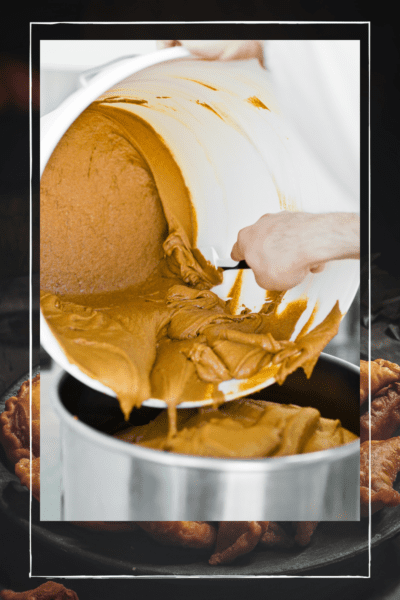What Are the Different Types of Industrial Mixers and Their Uses?

In modern industrial processing, the process of mixing products occurs almost always. The correct type of mixer can mix solids, liquids, and gases, but it’s tricky. Industrial-scale mixing, such as the mixing this industrial mixer can do, processes involves a lot of engineering design, so a lot of thought goes into their design. Common uses for food & beverage processing, dairy processing, pharmaceutical manufacturing, biotechnology, and other hygienic processing industries.
Discontinuous-feed mixers
Industrial mixers are designed to process continuous feeds of materials, such as food ingredients. These machines are also known as continuous-feed mixers or DFIMs. The design and operation of DFIMs differ from those of conventional mixers, which require a cyclone to separate the fine feed particles. While the former had no pollution concerns, DFIMs needed frequent maintenance services. To find the best DFIM, you should consider several factors, including size, design, and certification.
Using computational fluid dynamics (CFD) simulations the blending uniformity of different industrial mixer designs was evaluated using computational fluid dynamics (CFD) simulations. Various input parameters, such as the fluid viscosity, aspect ratio, and rotor position, were assessed using an analysis of variance. These tests evaluated the influence of each parameter on the mixing process. A good DFIM achieves less than 10 percent of the expected consistency. Therefore, discontinuous-feed industrial mixers should meet the industry’s mixing efficiency and consistency standards.
Fluidization mixers
The fluidization process consists of mixing liquids and solids in a single step. This mixing takes place in a dedicated mixer, high-shear granulator, or both. This industrial mixer utilizes a fluidized bed to blend and mix ingredients through the interaction of gravity, movement, and blending tools. These mixers are best suited for applications where the mixing process requires high-shear, fast mixing.
There are many different types of industrial mixers on the market. This is designed to mix low-density bulk materials with minimum degradation. This mixer is suitable for powders and pellets and is recommended for short cycle times. This mixer is one of the fastest mixers available, with cycle times as short as 30 seconds. It also has a low CV, making it suitable for applications where speed and accuracy are essential.
Magnetic stir bars
One of the most important things to look for in a magnetic stir bar in an industrial mixer is its durability. Typically, magnetic stir bars are coated with a chemically inert material, usually PTFE (Teflon). However, there are also glass-coated bars, which are better for high-temperature applications and abrasive materials. Rare-earth magnets also offer high-end magnetic performance and are especially useful for viscous and difficult-to-mix liquids. They are also virtually impervious to demagnetization and do not require replacement.
Overhead stirrers are another popular option for mixing larger volumes. Overhead stirrers have a built-in temperature-control mechanism. This stirrer keeps the heated or cooled reaction vessel within a specific temperature range. However, these stirrers can’t be used around aluminum and other metallic objects. It is recommended to use the stir bars or a comparable magnetic stirrer for larger applications.
Emulsifiers
To obtain higher consistency, emulsifiers are used in industrial mixers to blend different types of products. However, the intensity of mixing and other factors, such as the type of surfactant used, affect the emulsion stability. As a result, manufacturers must switch to more aggressive devices if this property is not achieved, such as high-pressure homogenizers and colloids mills. These devices, however, require intensive maintenance and are costly.
There are many emulsifiers, including oils, fats, and vegetable oils. Monoglycerides are fatty acids linked to a glycerol molecule. They are often used in chocolates to give the product a melt-in-your-mouth feel. Monoglycerides can be found in dairy products.
Similar Posts:
- None Found








